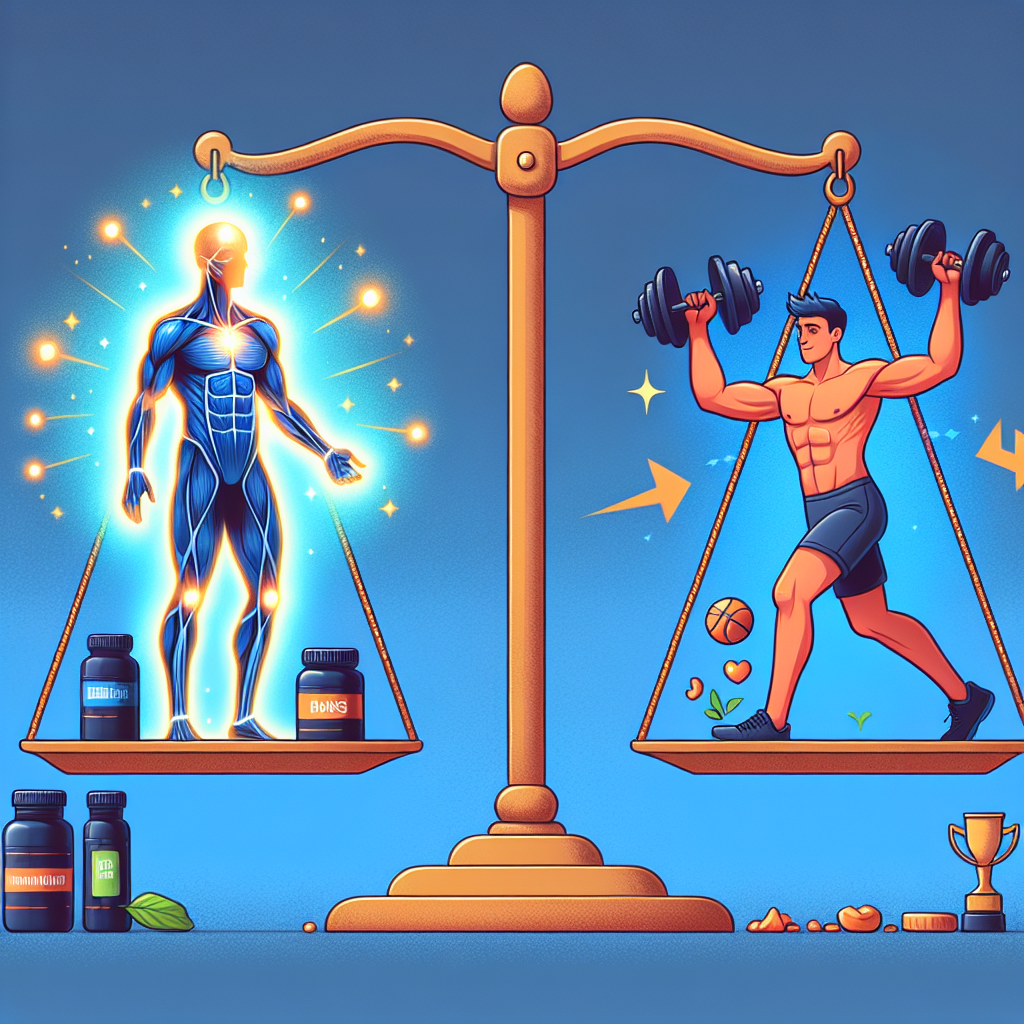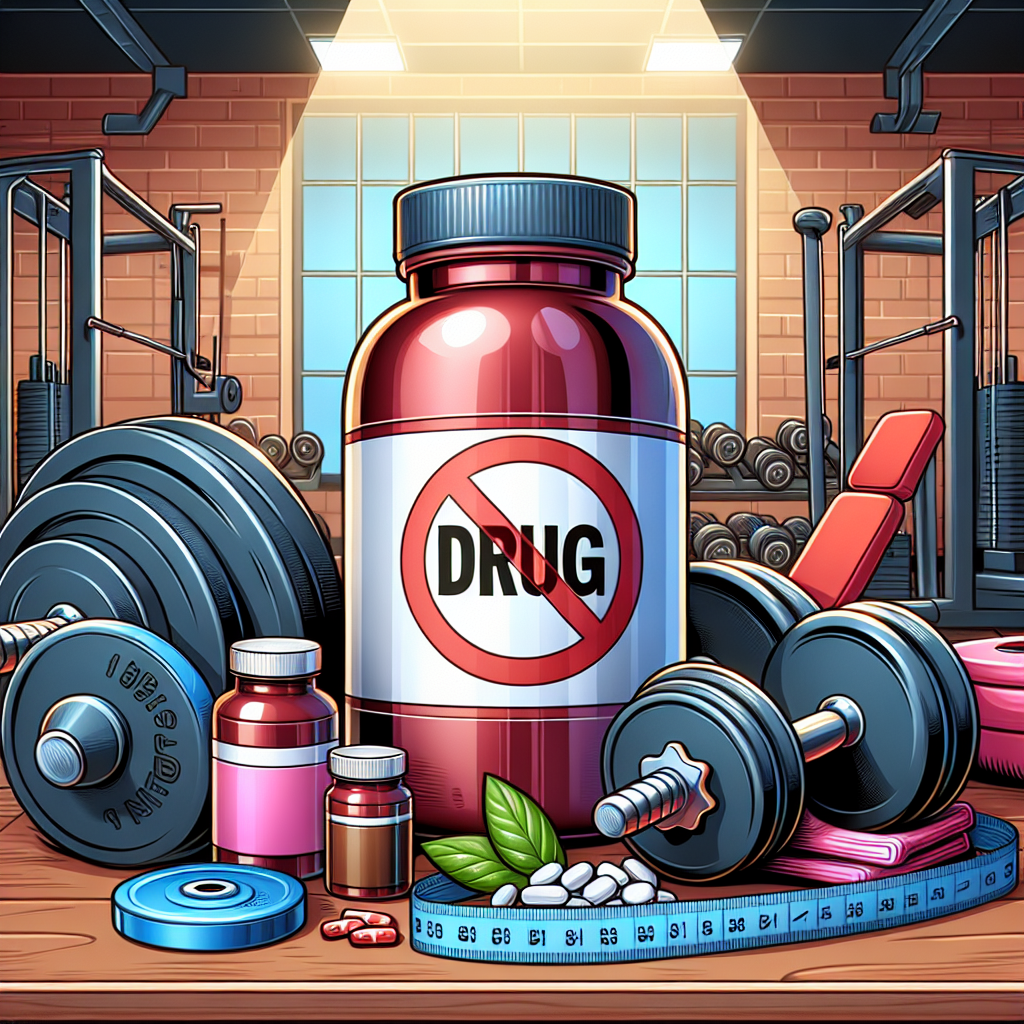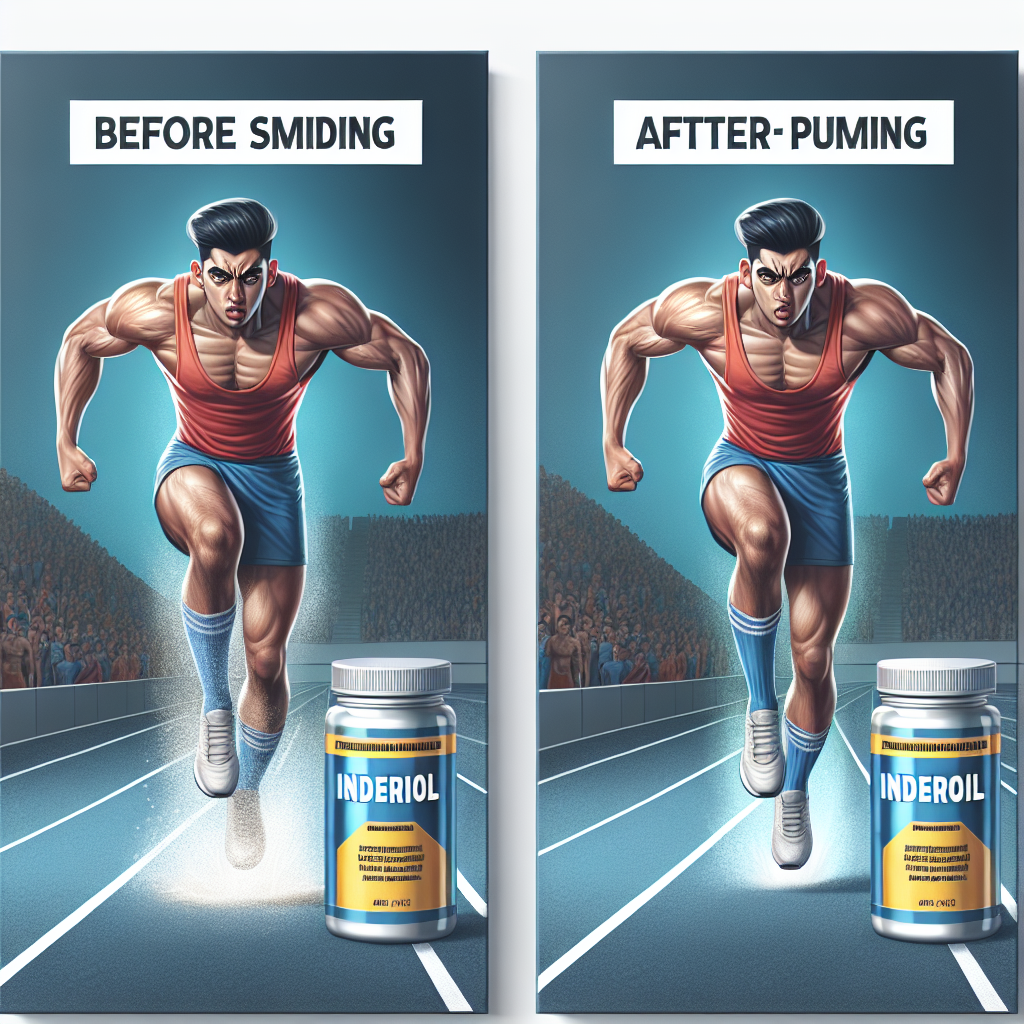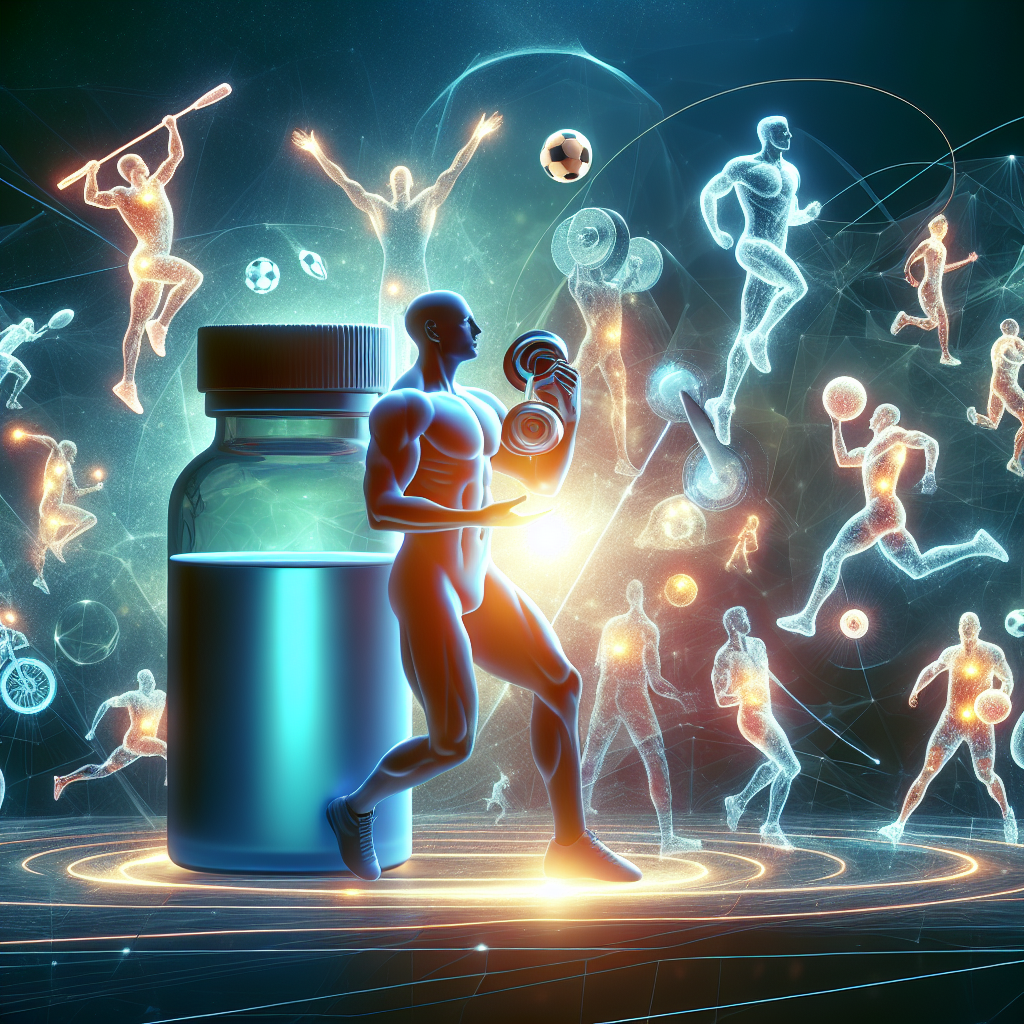-
Table of Contents
Balancing Benefits and Risks of Primobolan Use in Sports
In the world of sports, athletes are constantly seeking ways to improve their performance and gain a competitive edge. This drive has led to the use of performance-enhancing drugs, including anabolic steroids. One such steroid that has gained popularity among athletes is Primobolan, also known as methenolone. However, with its benefits come potential risks, and it is important for athletes to understand and carefully consider both before using this substance.
What is Primobolan?
Primobolan is an anabolic androgenic steroid (AAS) that was first developed in the 1960s. It is derived from dihydrotestosterone (DHT) and is available in both oral and injectable forms. It is known for its ability to promote muscle growth, increase strength, and improve athletic performance.
Primobolan is primarily used in the treatment of muscle wasting diseases and anemia, but it has also gained popularity among bodybuilders and athletes for its performance-enhancing effects. It is often used in cutting cycles to help athletes maintain muscle mass while reducing body fat.
Benefits of Primobolan Use in Sports
The main benefit of Primobolan use in sports is its ability to increase muscle mass and strength. It does this by binding to androgen receptors in the body, which stimulates protein synthesis and promotes muscle growth. This can lead to improved athletic performance, as well as a more aesthetically pleasing physique.
Another benefit of Primobolan is its low androgenic activity, meaning it is less likely to cause side effects such as acne, hair loss, and aggression. This makes it a popular choice among female athletes, as well as male athletes who are sensitive to androgenic side effects.
Additionally, Primobolan has a low risk of aromatization, meaning it does not convert to estrogen in the body. This makes it a favorable choice for athletes who want to avoid estrogen-related side effects such as water retention and gynecomastia.
Risks of Primobolan Use in Sports
While Primobolan may offer benefits to athletes, it is important to also consider the potential risks associated with its use. One of the main risks is its potential for liver toxicity, especially when used in oral form. This can lead to liver damage and other serious health issues if not used responsibly.
Another risk of Primobolan use is its potential to suppress natural testosterone production in the body. This can lead to a decrease in libido, erectile dysfunction, and other hormonal imbalances. It is important for athletes to carefully monitor their hormone levels and use proper post-cycle therapy to help restore natural testosterone production.
There is also a risk of virilization in female athletes, which can lead to the development of masculine characteristics such as deepening of the voice, facial hair growth, and clitoral enlargement. This risk can be minimized by using low doses and closely monitoring for any signs of virilization.
Real-World Examples
One real-world example of Primobolan use in sports is the case of former Olympic sprinter, Ben Johnson. In 1988, Johnson tested positive for Primobolan after winning the 100-meter dash at the Seoul Olympics. This led to his disqualification and the loss of his gold medal. This incident shed light on the use of performance-enhancing drugs in sports and the potential consequences of their use.
Another example is the case of baseball player, Alex Rodriguez, who was suspended for the entire 2014 season for using Primobolan and other performance-enhancing drugs. This not only affected his career but also tarnished his reputation and the integrity of the sport.
Pharmacokinetic/Pharmacodynamic Data
The pharmacokinetics of Primobolan have been studied in both animals and humans. In a study by Schänzer et al. (1996), it was found that the oral form of Primobolan has a half-life of approximately 5 hours, while the injectable form has a half-life of 10.5 days. This means that the injectable form has a longer duration of action and may require less frequent dosing.
The pharmacodynamics of Primobolan are similar to other AAS, with its ability to bind to androgen receptors and stimulate protein synthesis. However, its low androgenic and estrogenic activity make it a more favorable choice for athletes who want to avoid side effects.
Expert Opinion
According to Dr. Harrison Pope, a leading expert in the field of sports pharmacology, “Primobolan can offer significant benefits to athletes, but it is important to carefully consider the potential risks and use it responsibly.” He also emphasizes the importance of proper monitoring and post-cycle therapy to minimize any potential side effects.
Conclusion
In conclusion, Primobolan can offer significant benefits to athletes in terms of muscle growth, strength, and athletic performance. However, it is important for athletes to carefully consider the potential risks and use it responsibly. Proper monitoring and post-cycle therapy are also crucial in minimizing any potential side effects. As with any performance-enhancing substance, the decision to use Primobolan should not be taken lightly and should be made with careful consideration of both its benefits and risks.
References
Schänzer, W., Geyer, H., Fusshöller, G., Halatcheva, N., Kohler, M., Parr, M. K., & Guddat, S. (1996). Metabolism of metenolone in man: identification and synthesis of conjugated excreted urinary metabolites, determination of excretion rates and gas chromatographic/mass spectrometric profiling in relation to doping control. Journal of steroid biochemistry and molecular biology, 58(1), 1-9.
Johnson, L. C., & Pope, H. G. (2012). The history and epidemiology of anabolic androgenic steroids. In Anabolic-androgenic steroids (pp. 3-21). Springer, New York, NY.









